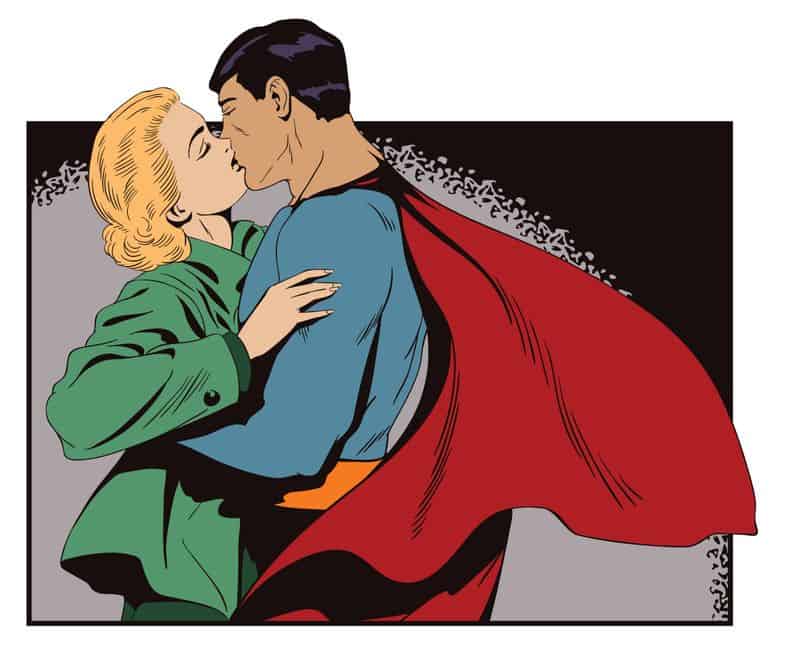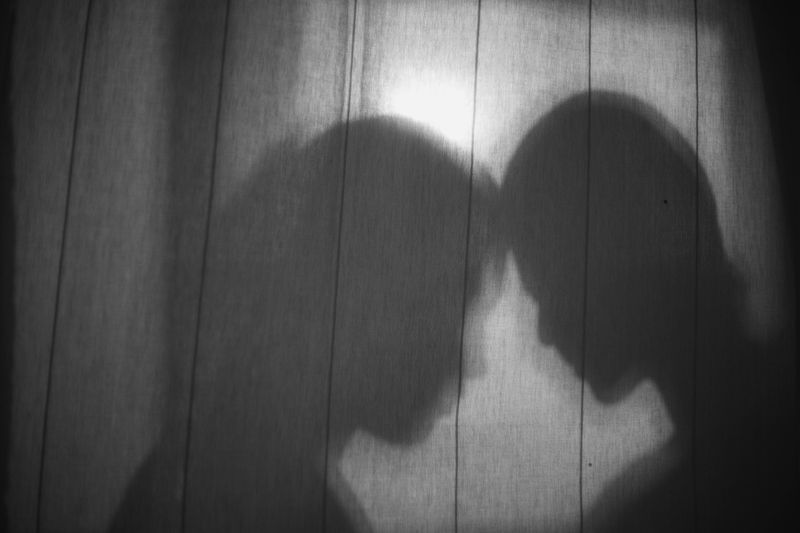Ever wonder why some people keep falling for partners who are clearly wrong for them? It’s a pattern many of us have experienced or watched friends go through.
The attraction to ‘bad’ partners isn’t random – it’s rooted in psychology, past experiences, and even biological factors.
Understanding these reasons can help break unhealthy relationship cycles and build healthier connections.
1. Childhood Wounds Seeking Healing

Our early relationships with caregivers create blueprints for adult love. When someone experienced inconsistent care or emotional neglect as a child, they might unconsciously seek similar dynamics in romantic partners. The familiar pain feels oddly comfortable.
Many people don’t realize they’re trying to rewrite their childhood story through current relationships. They hope that by making a difficult partner love them, they’ll heal old wounds that their parents or early caregivers couldn’t address.
Breaking this pattern requires recognizing how your past influences your present choices. Therapy can help identify these unconscious patterns and create healthier relationship templates.
2. The Thrill of Unpredictability

Bad boys and girls offer something stable partners often don’t: unpredictability. The rollercoaster of emotions creates intense chemical reactions in our brains. One day they’re amazing, the next they’re distant – and this inconsistency triggers dopamine rushes similar to gambling addiction.
Stable love can feel boring by comparison. Our brains get hooked on the drama cycle – the making up, breaking up, and uncertainty keeps us engaged and craving more. It’s like emotional skydiving compared to a peaceful walk.
Many people mistake this intensity for passion or deep connection, not recognizing it’s actually a stress response. True intimacy develops in consistent, safe relationships where you don’t have to guess where you stand.
3. Media’s Romantic Rebels

From James Dean to the Bad Boy archetype in countless rom-coms, media constantly feeds us the message that troubled souls make the most exciting partners. Movies rarely show the morning after the dramatic kiss in the rain – the arguments, broken trust, and emotional exhaustion.
Music lyrics glorify toxic dynamics as passionate love. Books feature brooding heroes who need the right woman to save them. These stories rarely show the reality of loving someone who isn’t emotionally available.
Young minds especially absorb these narratives before experiencing real relationships. By the time reality hits, the attraction pattern is already established. Recognizing how media has shaped your expectations is the first step toward healthier partner selection.
4. Mistaking Jealousy for Love

Controlling behaviors and jealousy can masquerade as deep caring. When someone monitors your whereabouts or gets upset about your friendships, it might feel like proof they’re invested in the relationship. This misinterpretation is dangerous territory.
Healthy love respects boundaries and trusts partners to maintain their individual lives. But without experiencing healthy models of love, many can’t distinguish between possessiveness and genuine care. The intensity of jealousy creates drama that feels like passion.
Someone raised with inconsistent attention might actually find comfort in jealous behavior. Finally, someone cares enough to worry about losing them! Breaking free requires recognizing that real love feels like freedom, not imprisonment.
5. The Savior Complex

Hidden beneath the desire to fix someone lies the powerful feeling of being needed. Rescuing a troubled partner can provide a sense of purpose and worth that might be missing elsewhere in life. Their problems become your mission.
Many people with savior tendencies grew up in environments where they had to be the responsible one. They learned early that their value came from helping others or managing crises. Bad partners with obvious problems provide the perfect canvas for this role.
The painful truth? You can’t fix someone who isn’t committed to changing themselves. Real love isn’t about rescuing or being rescued – it’s about two whole people choosing each other, not needing each other to survive.
6. Low Self-Worth’s Magnetic Pull

When you don’t believe you deserve kindness, respect, and stability, you’ll naturally gravitate toward people who confirm this belief. It’s a sad harmony – your internal voice says you’re unworthy, and your partner’s behavior echoes the sentiment.
Many folks with low self-esteem feel uncomfortable with partners who treat them well. Compliments feel foreign and loving gestures create anxiety rather than joy. The bad partner feels right because they align with existing negative self-perceptions.
Breaking this cycle means doing the inner work first. Learning to value yourself creates an internal alarm system that rings loudly when someone treats you poorly, rather than accepting it as what you deserve.
7. The Comfort of Familiarity

Humans naturally gravitate toward what feels familiar, even when it hurts. If your family dynamic involved walking on eggshells around an unpredictable parent, you might feel strangely at home with a volatile partner. You already know the rules of this game.
Our brains develop comfort with certain relationship patterns, no matter how dysfunctional. The known devil feels safer than the unknown angel. Many people choose partners who recreate their childhood emotional environment because it’s what they understand.
Moving beyond this pattern requires conscious rewiring of what feels like home. Healthy relationships might initially feel boring or strange until you create new neural pathways that recognize stability and kindness as your new normal.
8. Misreading Red Flags as Strength

Confidence and arrogance live on the same street but in very different houses. Early in relationships, it’s easy to mistake controlling behavior for protection, or selfishness for independence. Red flags look like exciting banners when viewed through attraction’s rose-colored glasses.
Someone who makes all the decisions might seem refreshingly decisive rather than controlling. A partner who shows jealousy might appear deeply invested rather than insecure. These misinterpretations happen especially when we lack experience with healthy relationships.
Learning to recognize true strength – which includes vulnerability, compromise, and respect – helps avoid these confusion traps. Real confidence doesn’t need to dominate others to feel secure in itself.
9. The Challenge of Winning Them Over

Partners who are emotionally unavailable present an irresistible challenge to many. The harder someone is to win over, the more valuable their affection seems. This creates a pursuit dynamic that can feel intoxicating.
When they finally show a moment of vulnerability or affection, it feels like winning an Olympic medal. Those rare good moments stand out dramatically against the backdrop of indifference or rejection. The contrast creates a powerful emotional high.
Many people get stuck chasing these emotional breadcrumbs, hoping eventually to earn the full loaf. But healthy love isn’t earned through persistence – it’s freely given and consistently present, not a prize for passing tests or proving your worth.
10. Fear of Real Intimacy

Surprisingly, some people choose bad partners because deep connection terrifies them. Bad partners create natural distance that prevents true vulnerability. If your partner is always creating drama or betraying trust, you never have to face the scarier prospect of being fully seen and known.
True intimacy requires letting someone witness your flaws, fears, and unfiltered self. For those with abandonment wounds or trust issues, this level of exposure feels too risky. A bad partner provides the perfect shield against this risk.
Moving past this fear means taking small steps toward vulnerability with safe people. Learning that you can survive being truly known – and that real connection is worth the risk – creates space for healthier partnerships.

